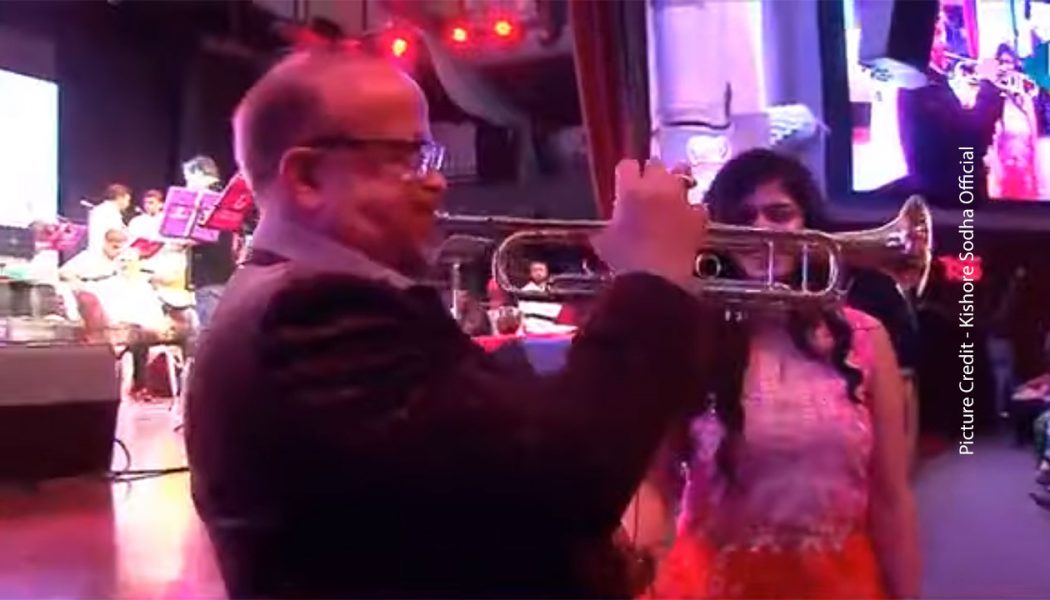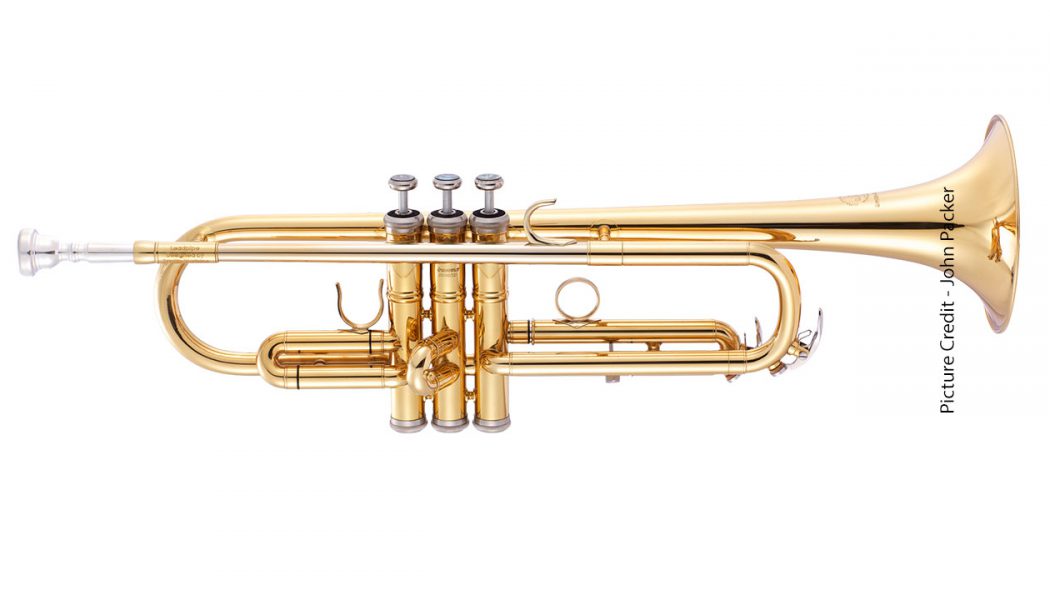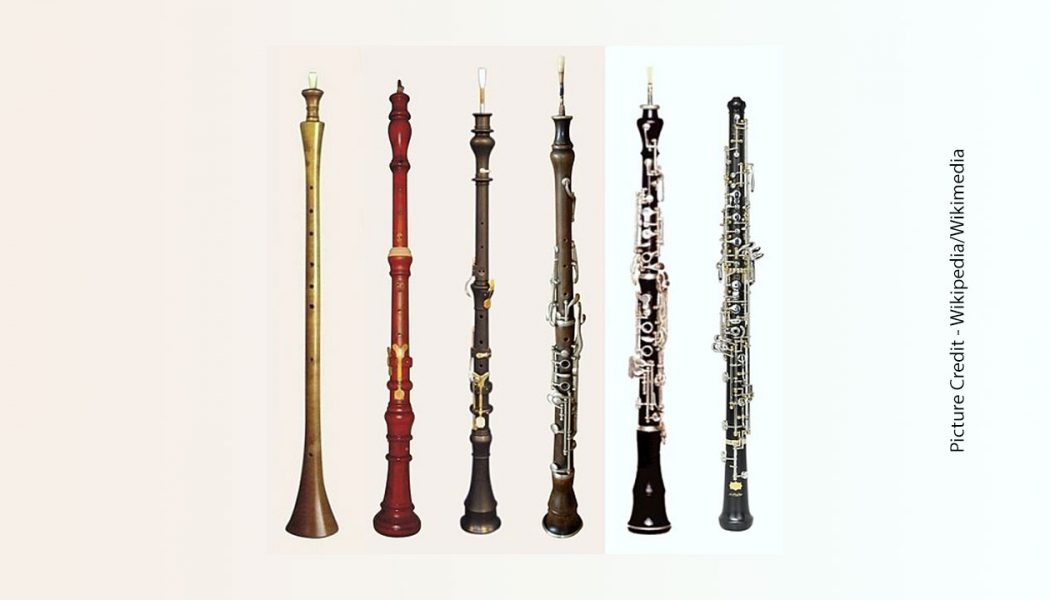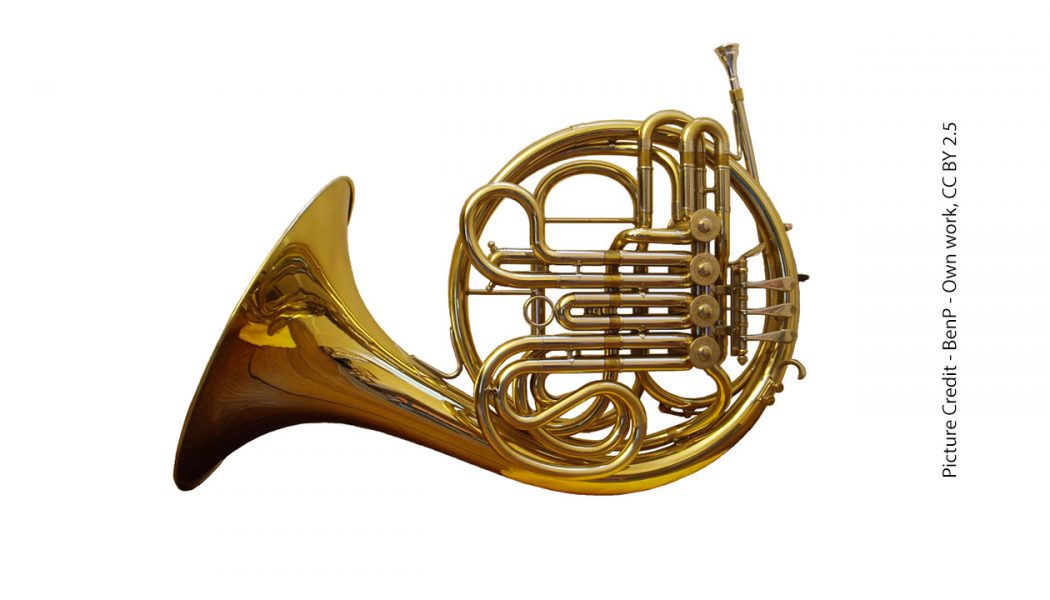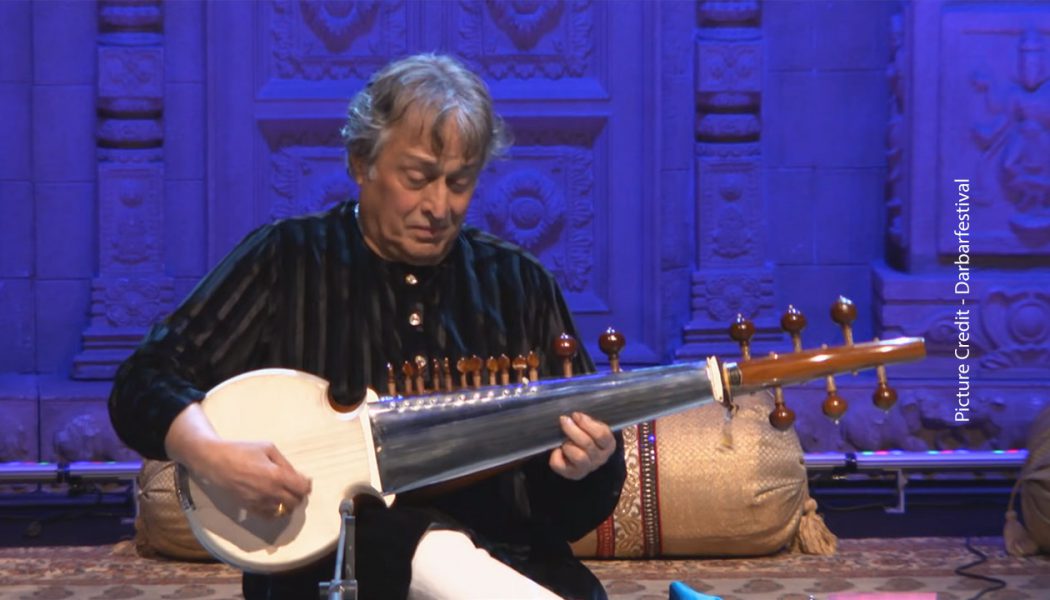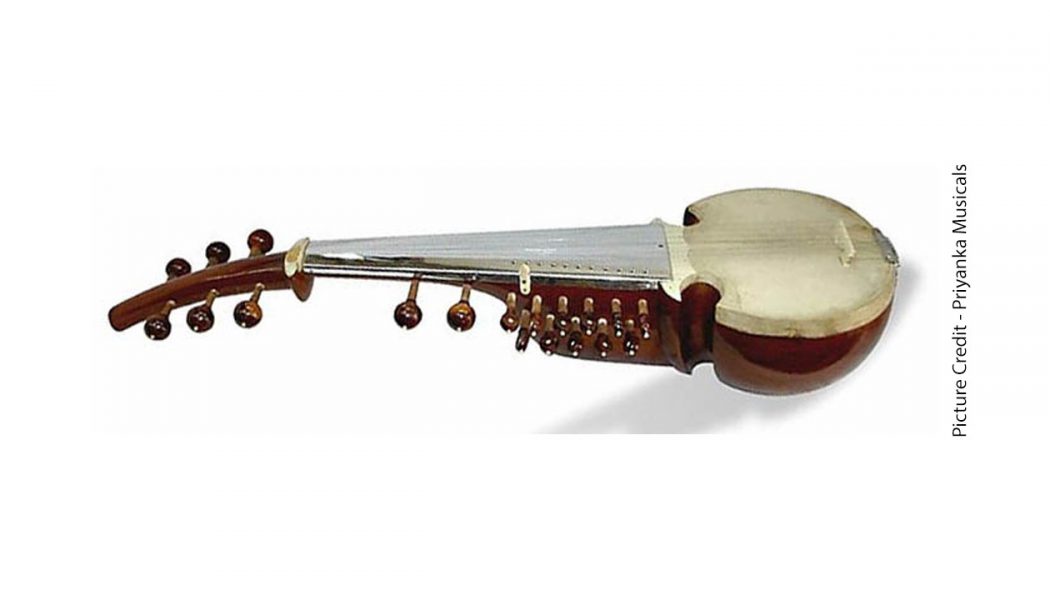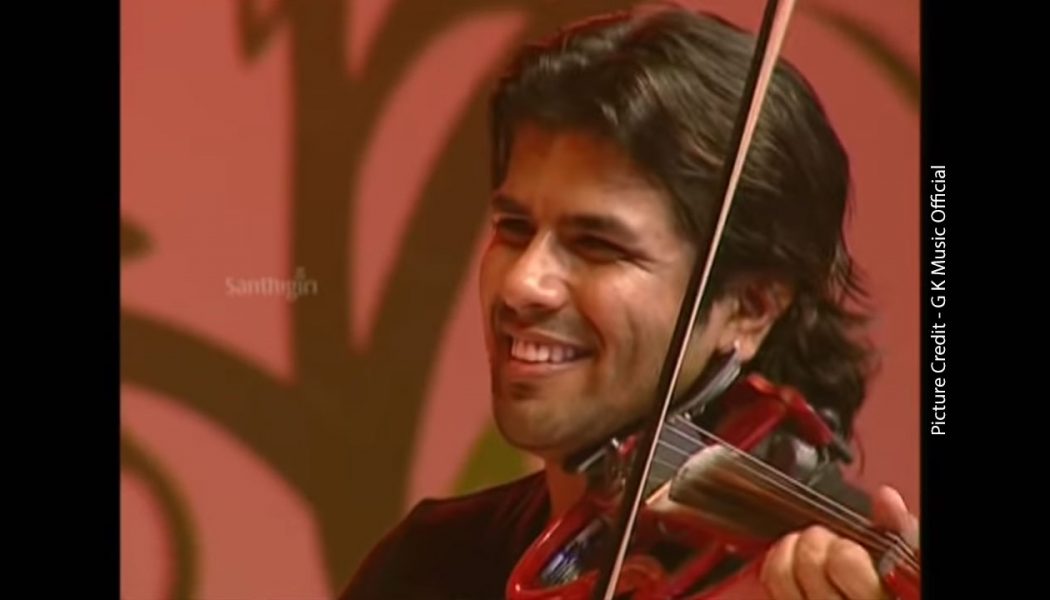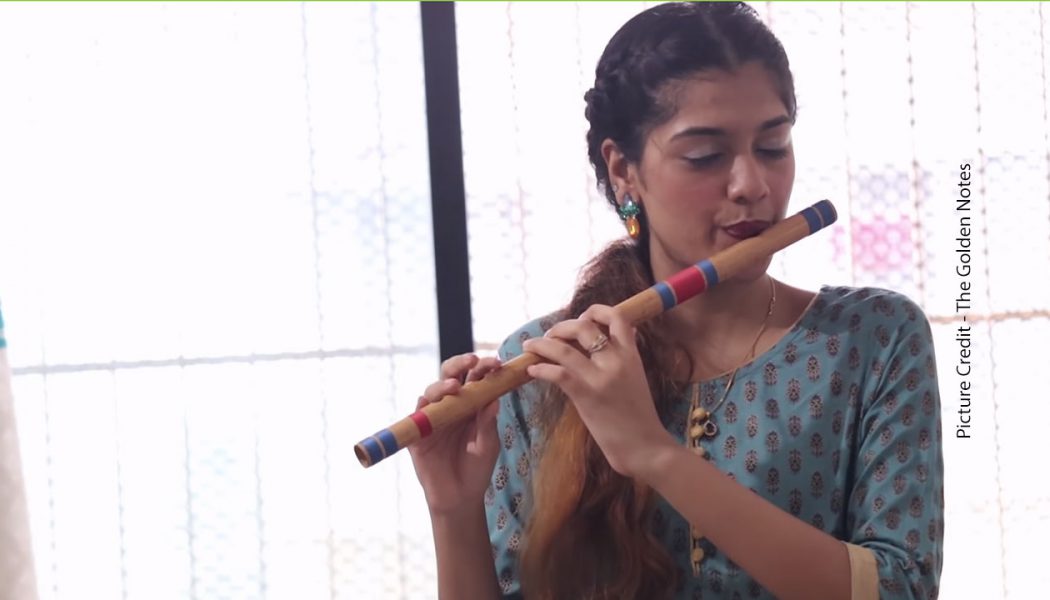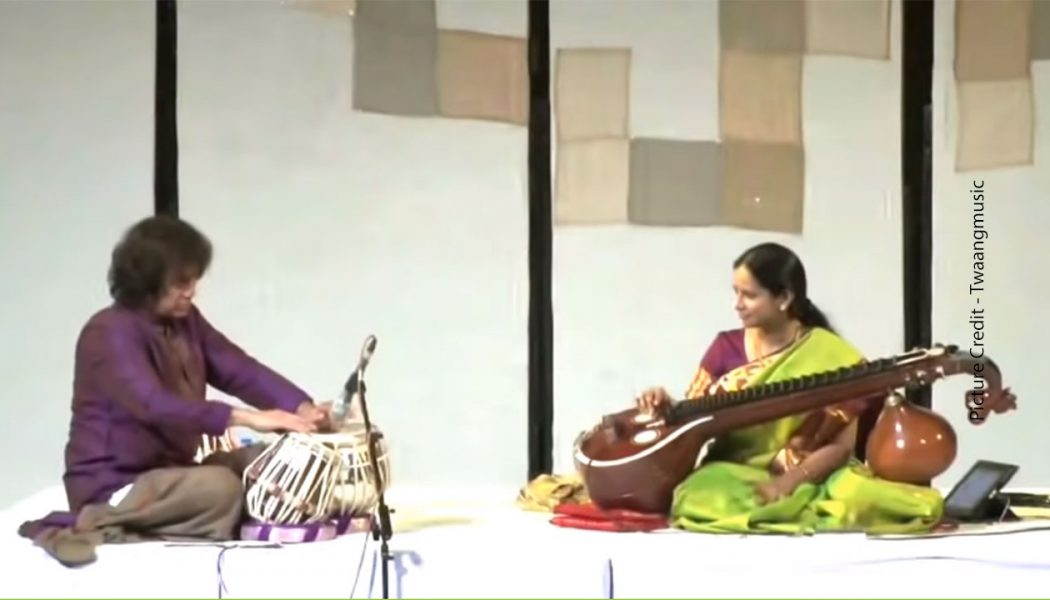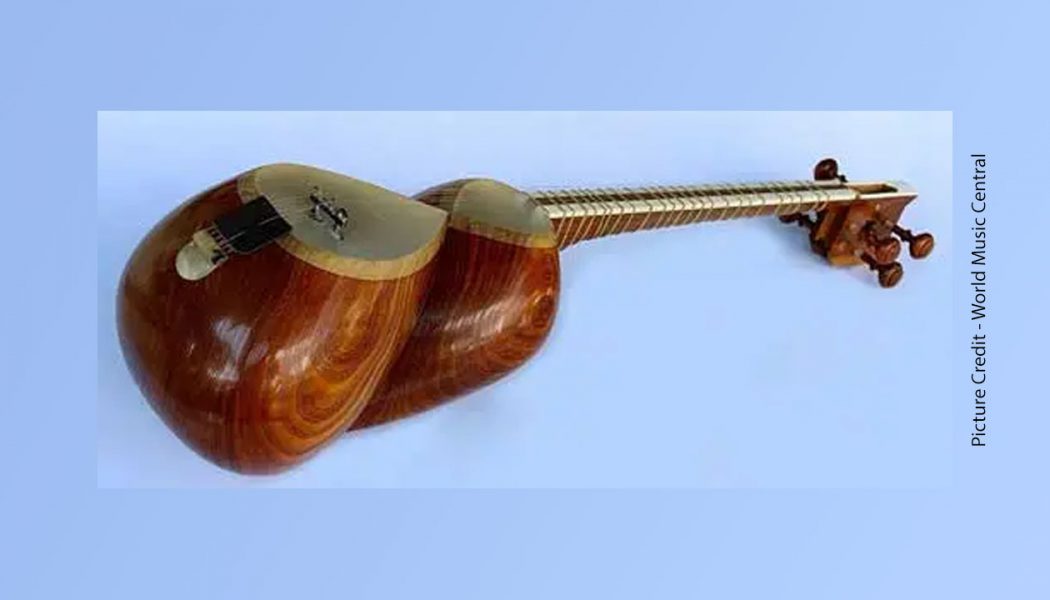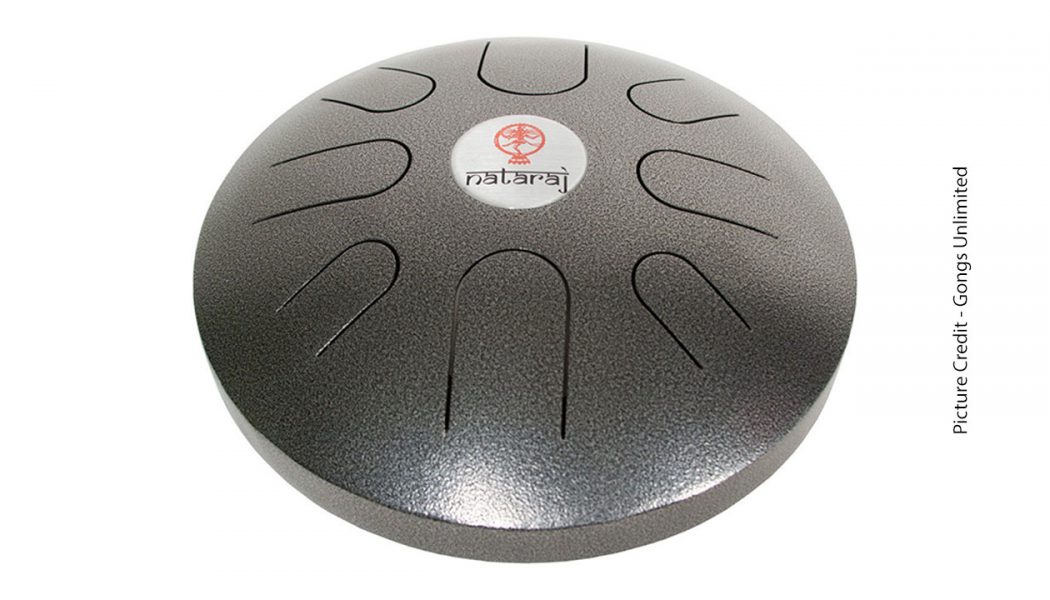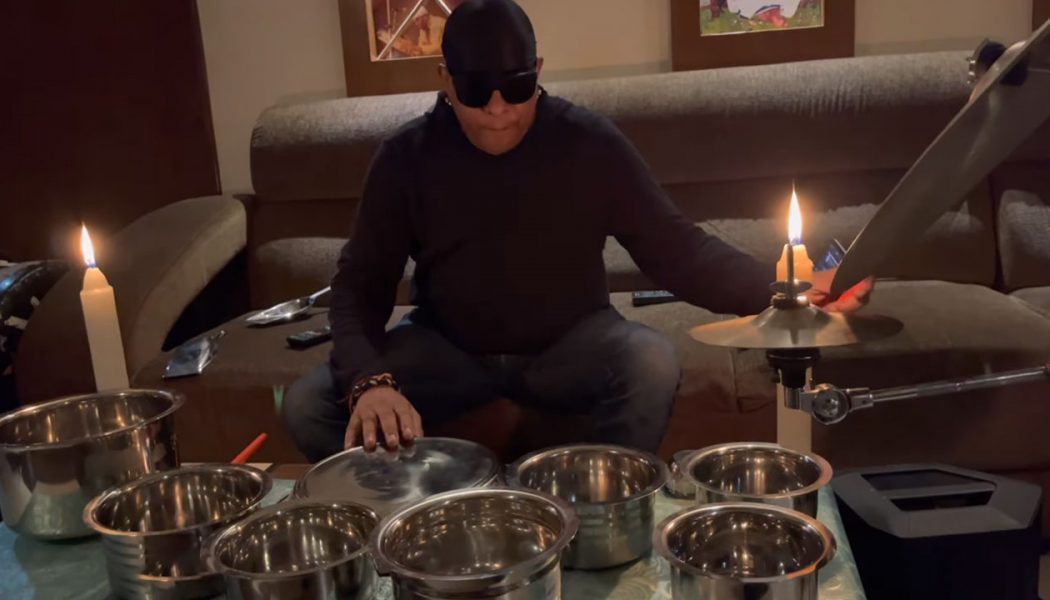Instrumental Music
Instrumental Music – Trumpet – Kishore Sodha
Today we have a beautiful song rendered by Kishore Sodha on Trumpet. This is the “Yeh Jawani Hai Diwani” song from the Bollywood movie Jawani Diwani of the great Late Sri R.D Burman. Sodha’s trumpet has been an integral part of composers from Kalyanji-Anandji, Bappi Lahiri, Anu Malik, Lakshmikant-Pyaarelal, Nadeem-Shravan and Shankar-Ehsaan-Loy. Enjoy it. Video provided only for illustration – Credit: Siddharth Entertainers 00
Trumpet
Trumpet is commonly used in classic and jazz ensemble, which is a brass wind instrument of the Aerophone family. It is made of brass tubing bent twice into a rounded oblong shape. Sound is produced by blowing air through closed lips into the mouthpiece. This produces a vibration of air column inside the instrument. The mouthpiece has a circular rim, providing a comfortable environment for lips vibration. The cup directly behind the rim channels the air into a smaller opening. Trumpets have three or four piston valves. These valves increases the length of the tubing when engaged. This in turn lowers the pitch. The pitch of the trumpet can be raised or lowered by using a tuning slide, pulling which lowers the pitch. Read more about Trumpet here Here are small videos explaining the basics. Vi...
Oboe
Oboe is a double reed woodwind instrument, usually made of wood. The most common Oboe plays in the Treble or Sorpano range. It has metal keys and conical bore and a flared bell. When blown into the reed at a sufficient air pressure, the air column vibrates and sound is produced in an Oboe. One who plays Oboe is known as Oboist. Oboe is commonly used as orchestral or solo instrument in classical music, film music, folk music and other types. It uses a double reed consisting of two thin blades of cane tied together and has an extremely narrow conical bore. Read more about Oboe here 00
French Horn
The French Horn or simply Horn is a brass instrument having a funnel-shaped mouthpiece and long tube piece stretching over 20 feet coiled into a circular shape. Actually its origin is in Germany but it took its final shape and form in France. It is the third highest sounding instrument in the brass family. There are two types of French Horn instruments – Single Horn and Double Horn. The instrument has lever-operated rotary valves which control the flow of air. Single Horn types generally have three valves and Double Horn type has an additional, fourth valve operated by the Thumb. Read more about the French Horn here Picture Credit: BenP – Own work, CC BY 2.5 Here is a basic video on French Horn Video provided only for illustration – Credit: Philharmonia Orchestra (London,...
Instrumental Music – Sarod
Presenting to you today Ustad Amjad Ali Khan on Sarod with double Tabla with one of the Rain Ragas. Ustad Amjad Ali Khan, born on 9th October 1945 is a famous Indian Classical Sarod Maestro. He is known best for his clear and fast Ekhara Taans. Taan is a technique used in vocal performance of Raga in Hindustani Classical Music. His first performance was in 1963 in the United States. He was awarded 21st Rajiv Gandhi National Sadbhavana Award and received Padma Sri in 1975, Padma Bhushan in 1991 and Padma Vibhushan in 2001. Watch this video for his excellent performance. Video provided only for illustration – Credit: Darbarfestival 00
Sarod
Sarod is a stringed musical instrument as popular as sitar, used mainly in Hindustani Music. It is a fretless instrument but can produce continuous slides between noyes known as Meend. In Hindustani Music, Meend refers to a glide from one note to another. The word Sarod means more or les “Beautiful Sound” or “Melody” in Persian. The design of the instrument depends on the school (Gharana) playing it. Conventionally there are three main types having 17 to 25-strings. Four to five main strings of the lute-like instrument are used for playing the melody. One or two are drone strings. Two of them are chikari strings and nine to eleven sympathetic strings. The strings of Sarod are either made of steel or phosphor bronze and are plucked with a triangular Plectrum made of ...
Instrumental Music – Fusion – Nagumomu
Here we have a Fusion performance by Late Sri. Balabhaskar on Violin with Drums, Chenda, Mridangam, Ganjira and Guitars. On stage we have the main performers – Balabhaskar: Violin Mridangam: Cherthala G Krishnakumar Drums: Sivamani Chenda: Mattannur Shankarankutty Marar Enjoy this excellent Fusion. Video provided only for illustration – Credit: G K Music Official 00
Instrumental Music – Flute – Palak Jain
Here is a beautiful song played by Palak Jain, dedicated to all the heroes and heroines of determination. Palak Jain, daughter of Sachin Jain is a talented flute artist who started learning flute at the age of seven from her father. The song Kal Ho Naa Ho by Shankar Ehsaan Loy and Sonu Nigam is played by Palak Jain on flute. Enjoy the song and promote the talent. Video provided only for illustration – Credit: The Golden Notes 00
Instrumental Music – Jugalbandi – Veena and Tabla
Here is a beautiful Jugalbandi (Veena and Tabla) by Smt. Jayanthi Kumaresh and Ustad Zakir Hussain. Smt. Jayanthi Kumaresh is an Indian Veena Artist comes from a lineage of musicians who have been practicing Carnatic Music for six generations. She started playing Saraswathi Veena at the age of three. Enjoy this excellent Jugalbandi. Video provided only for illustration – Credit: Twaangmusic 00
Tar
Tar is a stringed, long-necked, waisted and Iranian musical instrument belonging to the Lute Family. Tar is used in many countries like Iran, Armenia, Georgia, Uzbekistan, Azerbaijan etc. It is one of the most important musical instruments in Iran and Caucasus and Persian Classical Music. The body of Tar is double-bowl shaped and carved from Mulberry wood with a thin stretched Lamb-Skin membrane covering the top portion. There is a Fingerboard as well as Tuning Pegs. The Fingerboard consists of 25 to 28 adjustable gut frets. There are three double course of strings on the Tar. The instrument is played with a small brass plectrum. Let us watch a short video on Tar Video provided only for illustration – Credit: Cerddoriaeth Fynyddig / Mountain Music 0-1
Steel Tongue Drum
The Steel Tounge Drum is a musical instrument which is known also as Tank Drum or Hank Drum. It was originally made from an empty Propane Tank. The drum has Seven to ten Tongues (or more) which are cut radially and can be tuned by varying the length of the cuts or by adding weights (neodymium magnets) to the Tongues. The Steel Tongue Drum is often tuned to Pentatonic Scale (musical scale with five notes per octave). It can also be tuned to the Diatonic Scale or the Chromatic Scale or even any set of notes the maker chooses. The Steel Drum is played with fingers or mallets and a bell-like tone is produced. Let us watch a short video on how to play the Steel Tongue Drum Video provided only for illustration – Credit: Whistlingbirds 00
Instrumental Music – Shivamani
Instruments are just medium for the talented and gifted artists. They can produce music from anything they find and anything they touch. An example is our Drums Shivamani. We had featured one of his videos during the lockdown, at home. Here is another interesting one. He is playing with usual household vessels and plate. Enjoy the music that is created by him using his favourite pieces of instruments. Picture and Video provided only for illustration – Credit: Drums Shivamani 00
